The Browns announced they will unveil a statue of former QB Otto Graham outside of FirstEnergy Stadium Saturday. Check out some photos from his playing days
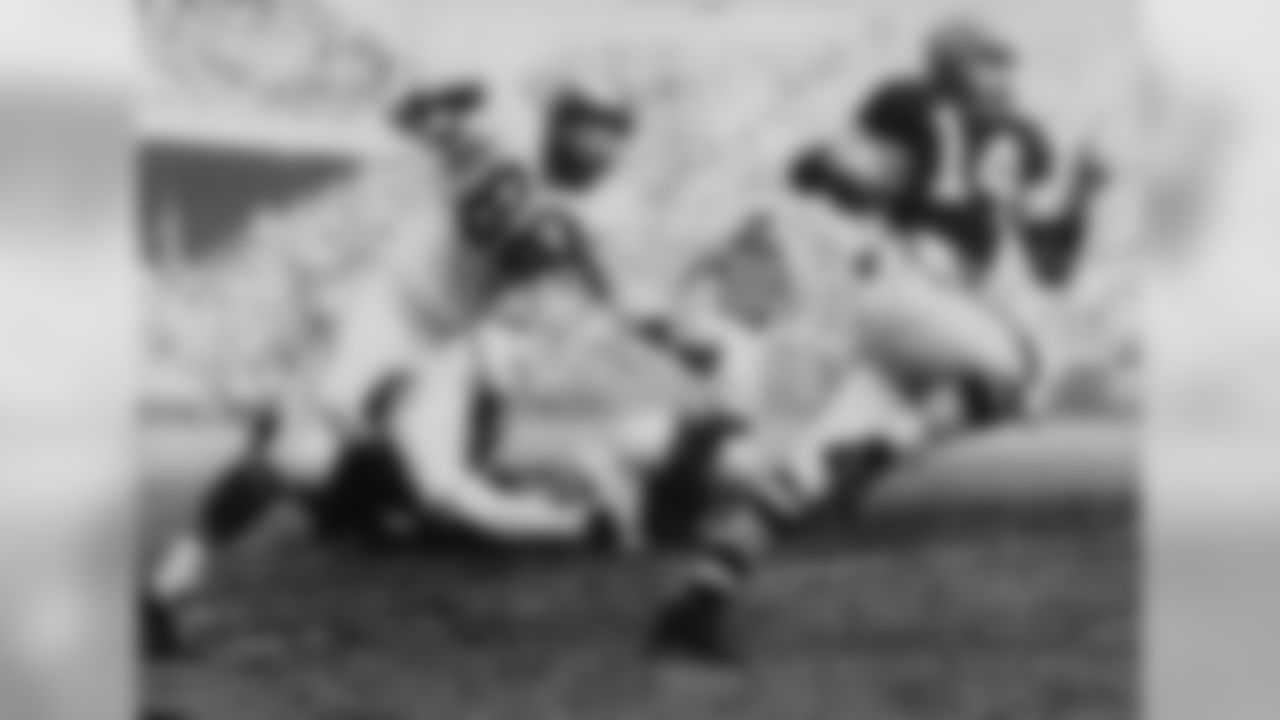
The Browns on Tuesday announced they will unveil a statue of former QB Otto Graham outside of FirstEnergy Stadium.

The Browns on Tuesday announced they will unveil a statue of former QB Otto Graham outside of FirstEnergy Stadium.

The Browns on Tuesday announced they will unveil a statue of former QB Otto Graham outside of FirstEnergy Stadium.

The Browns on Tuesday announced they will unveil a statue of former QB Otto Graham outside of FirstEnergy Stadium.
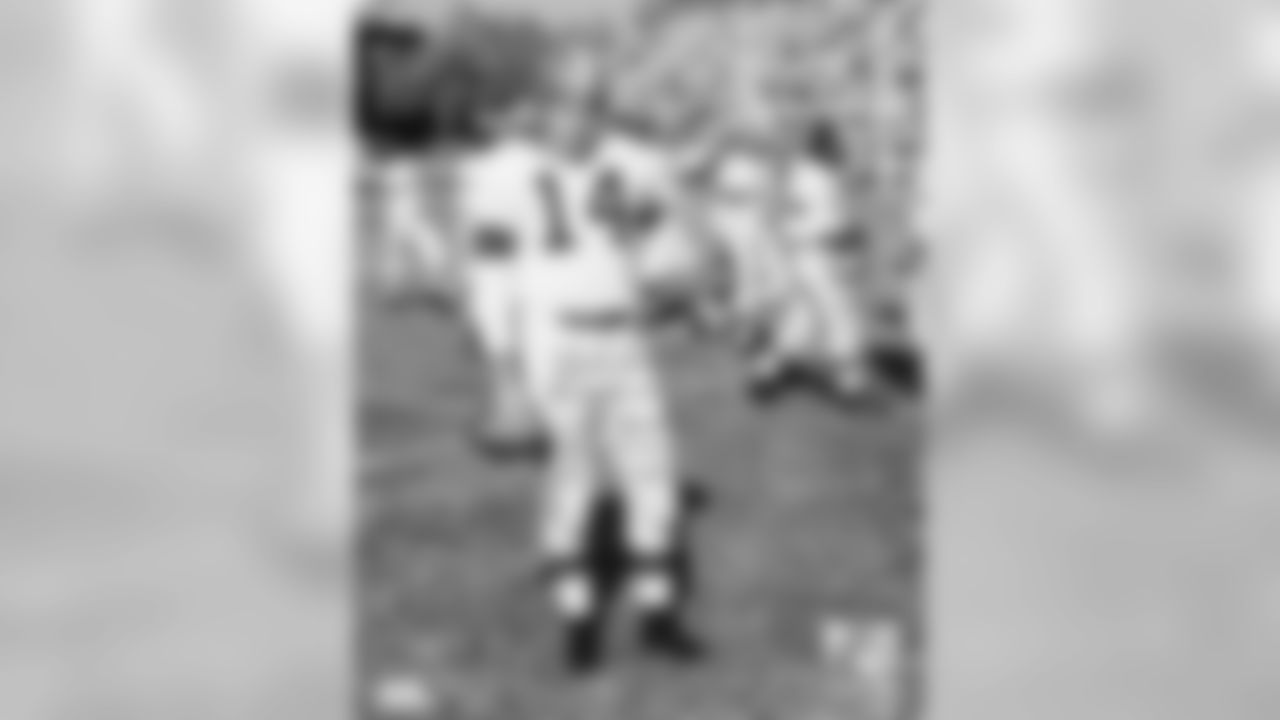
The Browns on Tuesday announced they will unveil a statue of former QB Otto Graham outside of FirstEnergy Stadium.
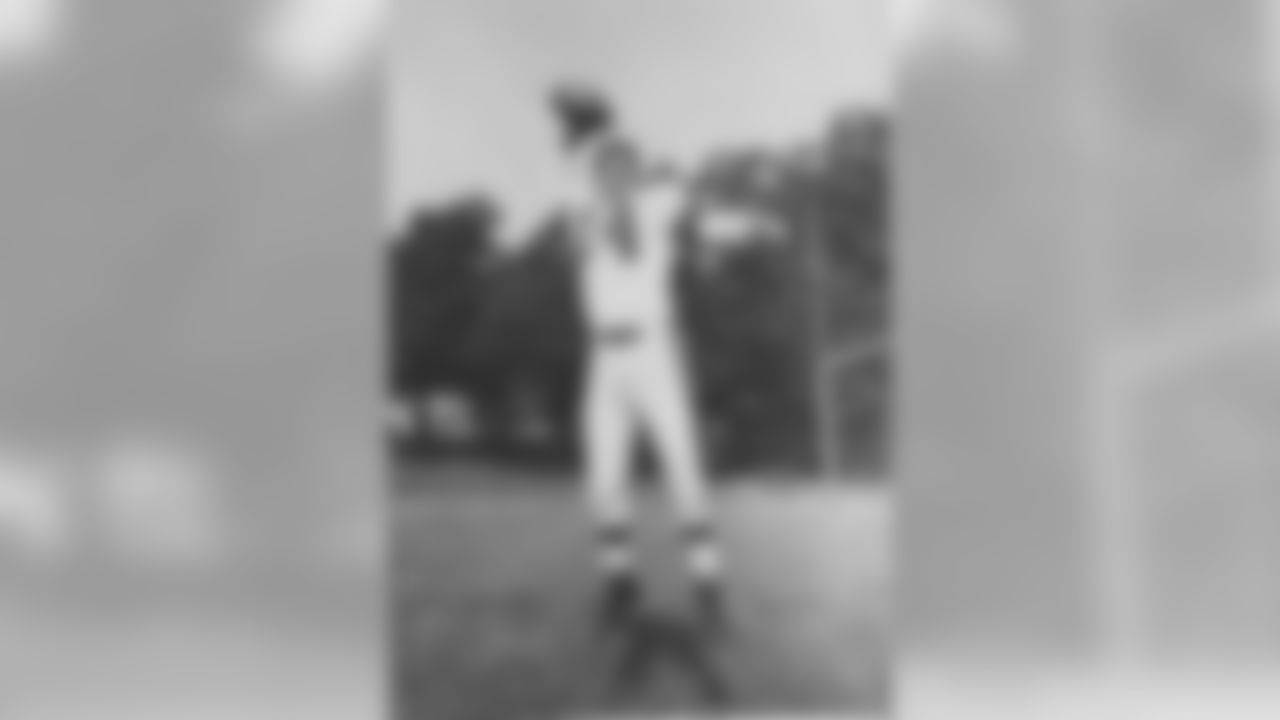
The Browns on Tuesday announced they will unveil a statue of former QB Otto Graham outside of FirstEnergy Stadium.

The Browns on Tuesday announced they will unveil a statue of former QB Otto Graham outside of FirstEnergy Stadium.
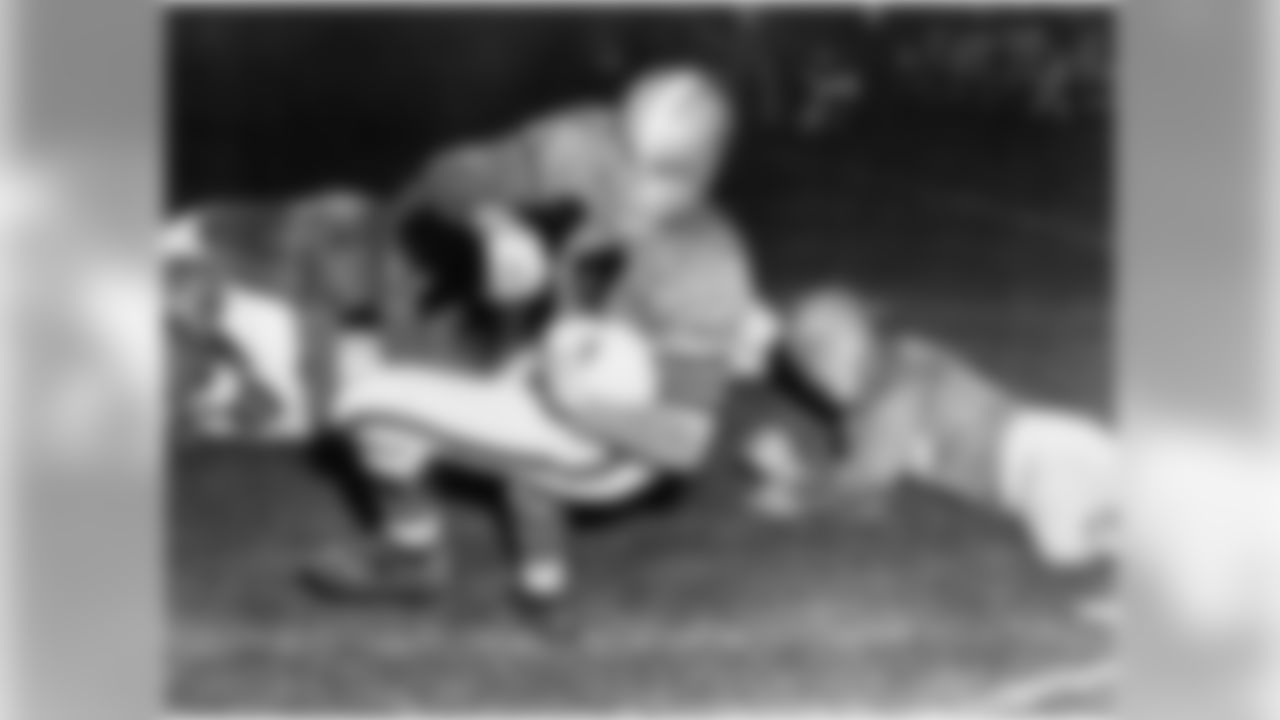
The Browns on Tuesday announced they will unveil a statue of former QB Otto Graham outside of FirstEnergy Stadium.
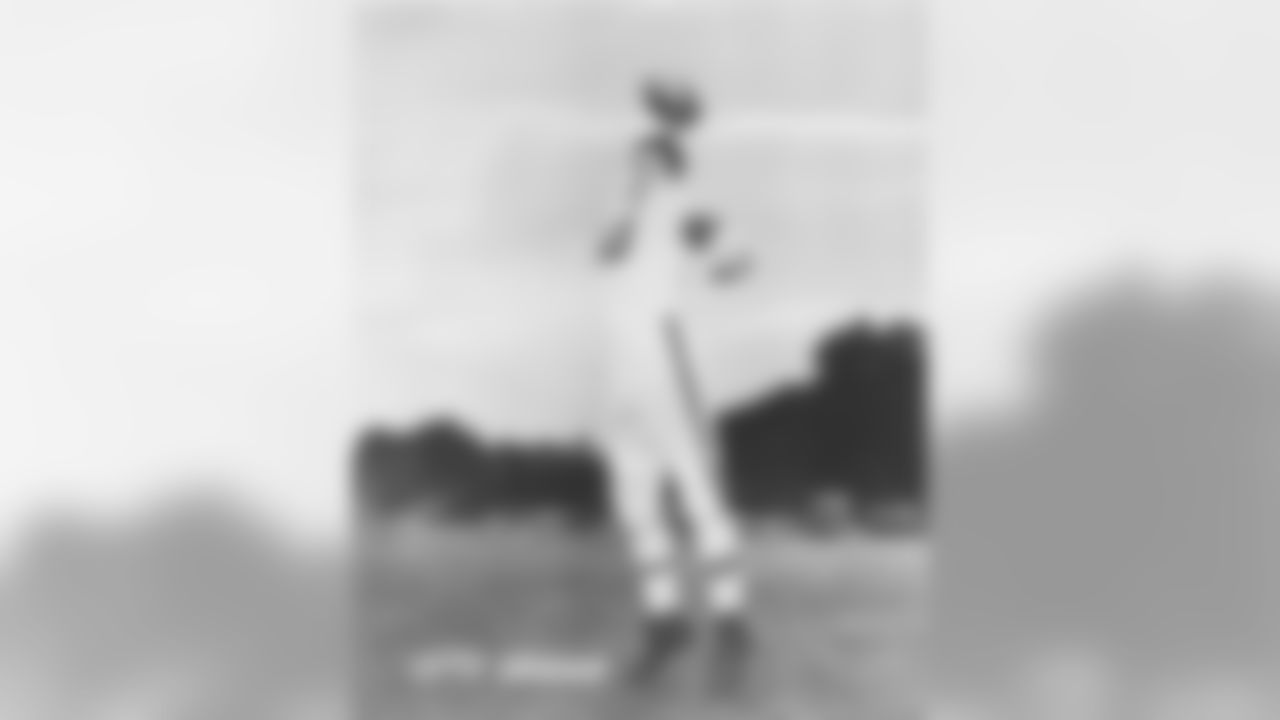
The Browns on Tuesday announced they will unveil a statue of former QB Otto Graham outside of FirstEnergy Stadium.

The Browns on Tuesday announced they will unveil a statue of former QB Otto Graham outside of FirstEnergy Stadium.
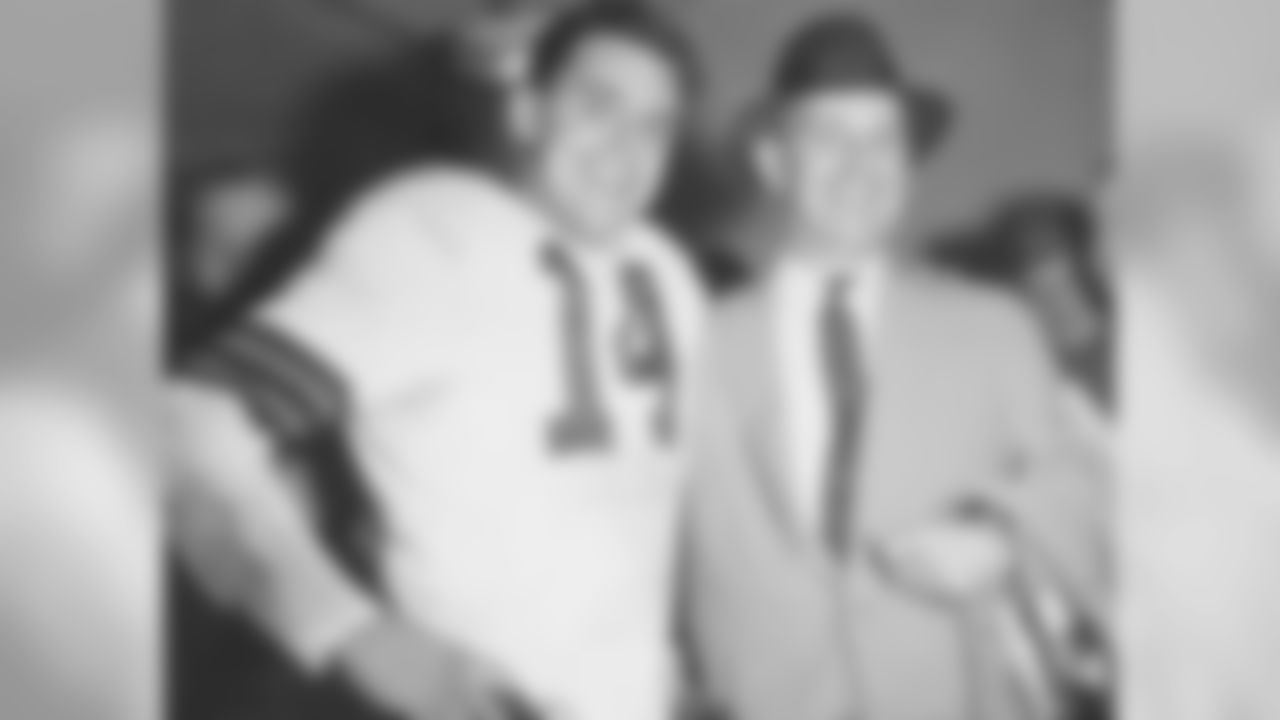
The Browns on Tuesday announced they will unveil a statue of former QB Otto Graham outside of FirstEnergy Stadium.

The Browns on Tuesday announced they will unveil a statue of former QB Otto Graham outside of FirstEnergy Stadium.
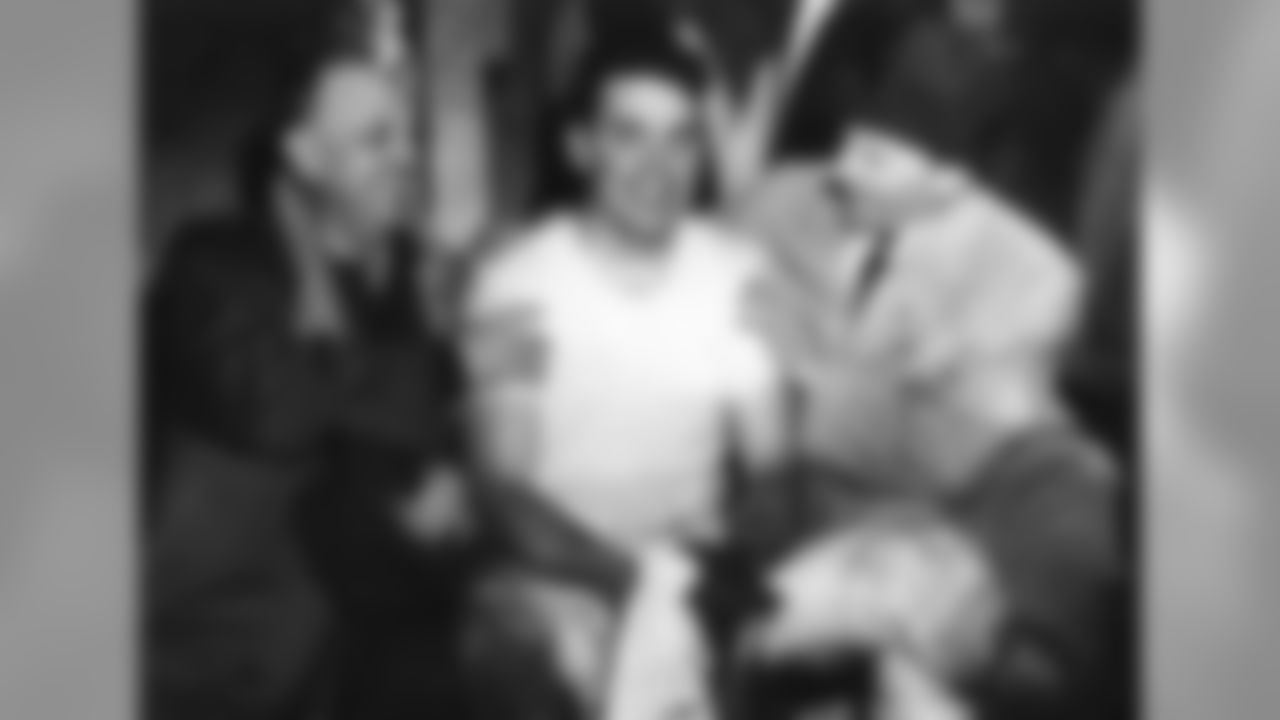
The Browns on Tuesday announced they will unveil a statue of former QB Otto Graham outside of FirstEnergy Stadium.
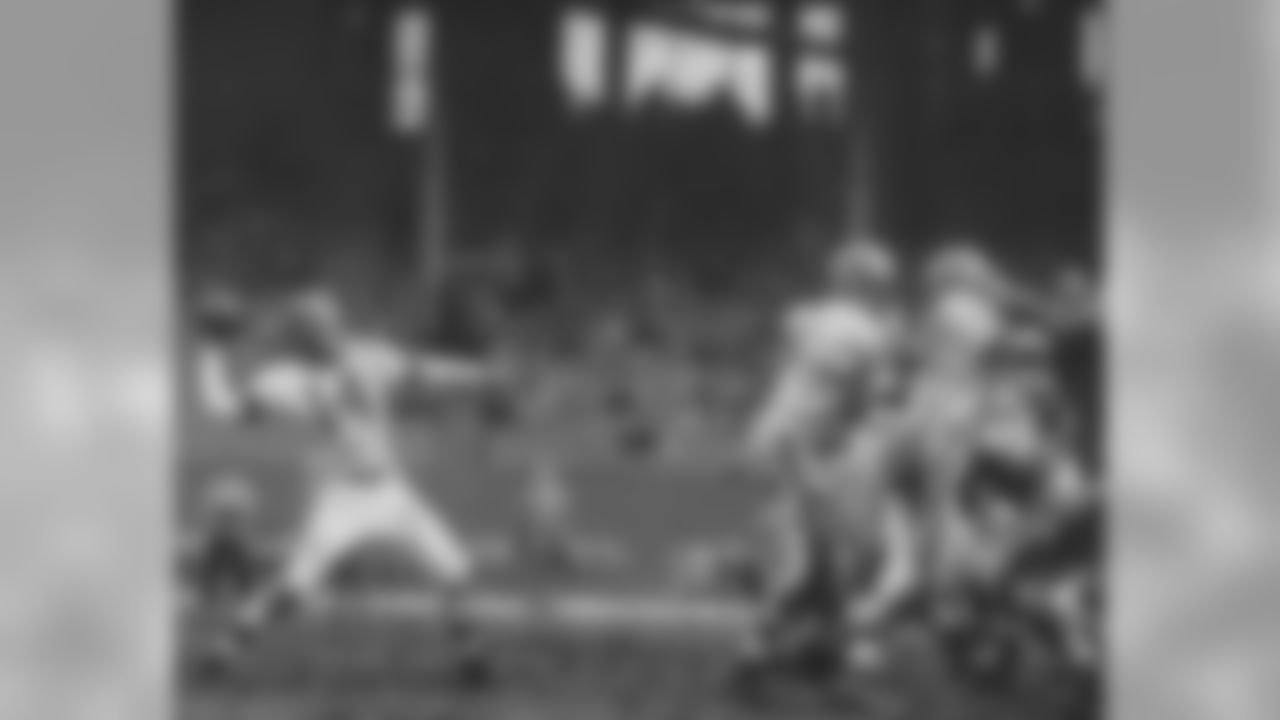
The Browns on Tuesday announced they will unveil a statue of former QB Otto Graham outside of FirstEnergy Stadium.
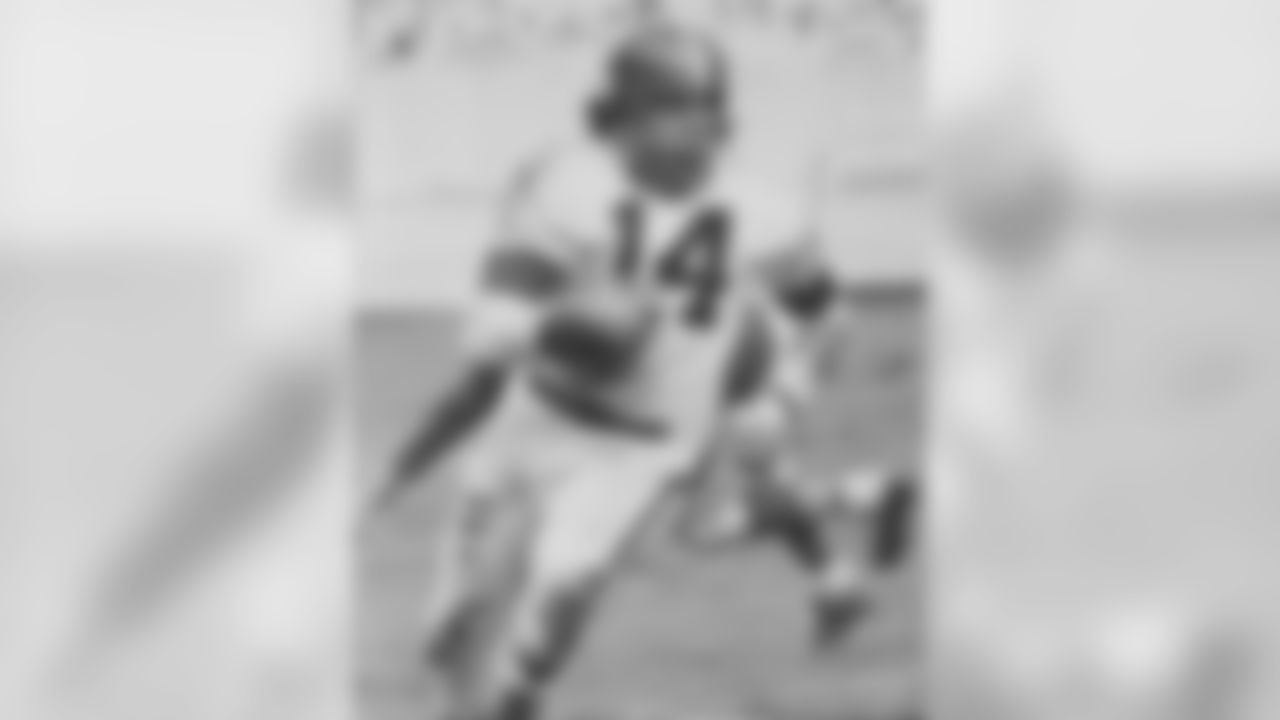
The Browns on Tuesday announced they will unveil a statue of former QB Otto Graham outside of FirstEnergy Stadium.
The Browns will unveil their second statue in front of FirstEnergy Stadium on Saturday as part of the team's "Fantennial Weekend.” Here's why Otto Graham was the easy choice to be immortalized.
When Paul Brown was hired to construct and coach the Cleveland Browns and began assembling his roster ahead of the inaugural All-America Football Conference season, the first player he sought out was a former rival.
Brown knew of the remarkable ability of quarterback Otto Graham, having seen him firsthand at the collegiate level, when Brown coached at Ohio State and Graham led Northwestern to two wins over the Buckeyes in 1941 and 1943.
In 1945, while Graham was training as a pilot in the U.S. Navy, Brown offered Graham a contract to play for his newly formed team in the AAFC, which would begin play in 1946. Brown so desired Graham's services, he added a monthly stipend to secure Graham's signature for the months remaining before Graham's time spent with the Navy came to an end upon the conclusion of World War II.
Brown did this for only the players he wanted most, as he plucked men he either coached or encountered while at Ohio State, Massillon Washington High School, and during his military service at the Great Lakes Naval Center in Illinois. It matched in spirit the contract Brown had signed with team owner Mickey McBride, who was also out to form the best possible professional football organization in the new league.
It didn't take much to convince Brown that Graham was worth such an offer. The two-sport star had finished second in Heisman Trophy voting during the 1943 season and, temporarily trading his cleats for sneakers, won a National Basketball League title with the Rochester Royals in the 1945-46 season. He'd also already caught the eye of the NFL, having been drafted by the Detroit Lions but failing to sign a contract before entering the service.
The offer was enough to convince Graham to bypass the established yet stagnant NFL for the new league. It ended up being one of the most important decisions of his life.
Led by Graham, the Browns won AAFC championships in 1946, 1947, 1948 and 1949. Graham was so valuable to the early iterations of the dominant Browns, powerful Chicago Tribune sports editor and AAFC commissioner Arch Ward once asked Brown to "send" the quarterback to the struggling Chicago Rockets to aid the league's overall health.
"The coach fixed the sports editor in his cold stare, issued an emphatic 'no,' and that was the last of that," Ward biographer Thomas B. Littlewood wrote, as referenced by America's Game author Michael MacCambridge.
As part of an offense that was well ahead of its time (thanks in part to the innovations of assistant Blanton Collier), Graham used his basketball skills to effectively navigate the pocket and connect with open targets downfield, so much that he posted a passer rating of 112.1 in his first professional season. The mark stood as the pro football record for over 40 years, with San Francisco's Joe Montana finally surpassing it in an entirely different era of football in 1989.
His consistency earned him a lifelong nickname: Automatic Otto.
As cool as he was under center, Graham was equally as observant. MacCambridge recalled in America's Game Graham's astute recognition of Philadelphia's defensive strategy early in their 1950 season opener — a game in which many expected the Browns to get trounced — which also served as Cleveland's first official NFL game after essentially winning the AAFC out of existence after four seasons.
"With the Browns sending running back Rex Baumgardner in motion, to be picked up by a linebacker, the Eagles consistently put defensive halfback Russ Craft on right halfback Dub Jones, who was coming out of the backfield and running 10-yard square-out routes to the sidelines. Graham didn't throw to Jones, but noticed that Craft was covering him more closely each time, inching up toward the receiver in hopes of a possible interception.
"When Cleveland got the ball again, now down 3-0, Graham called a similar pattern, with Baumgardner again drawing the attention of the linebacker, and Dante Lavelli and Mac Speedie drawing the safeties with curl patterns in the middle of the field. Jones again ran a square-out, but this time, when Craft charged toward the sideline for an interception, Jones shifted his route to an out-and-up, and was far behind Craft streaking down the sidelines when he caught Graham's expertly lofted 59-yard touchdown pass."
Those lofted touchdown passes were what stood out in the memories of many of his teammates. Former Cleveland teammate (and later, legendary Notre Dame coach) Ara Parseghian recalled the gorgeous passes that once flew out of Graham's hand in Andy Piascik's The Best Show in Football.
"He threw a beautiful ball," remembered Parseghian. "He had the ability to lead you perfectly, or to drop the ball just over the defenders into your hands."
Parseghian was far from alone in such an experience. Pro Football Hall of Fame end Dante Lavelli, who caught passes from Graham in each of his pro seasons but his very last, remembered Graham's unique touch.
"Oh they were soft," Lavelli recalled in The Best Show in Football. "I used to catch a lot of them one-handed. He had great touch in his hands."
Graham was a supremely talented athlete and a dual-threat pioneer at the quarterback position, rushing for 44 touchdowns in his career, but perhaps no quality stood out more than his toughness. He played with an assortment of World War II veterans, including Army infantryman and future Hall of Fame center Frank Gatski, but they were the ones who often lauded Graham as the "ultimate leader." When Brown was asked to explain why he chose Graham as the centerpiece of his team, he mentioned Graham's "poise, ball-handling, and distinct qualities of leadership."
"Otto was physically and mentally tough," battlefield surgical technician and future Hall of Fame tackle and kicker Lou Groza remembered in The Best Show in Football.
Long before Joe Thomas became the Browns' modern ironman, there was Graham, who never missed a game in his career. He played through injury, famously being struck in the face by an opponent's elbow, which resulted in a deep gash down the side of his face that required 15 stitches at halftime of a 1953 game against the San Francisco 49ers.
He returned wearing a Lucite facemask and led the Browns to a 23-21 win, extending their unbeaten streak to eight games and knocking San Francisco out of contention.
Five years earlier, when San Francisco was Cleveland's AAFC foe, the pro football world's great respect for him showed in an important, late-season meeting between the two.
Just three days before their contest, the Browns faced off with the Los Angeles Dons at the Los Angeles Coliseum. Tied 14-14, the unbeaten Browns reeled off 17 straight points to defeat the Dons and push their unbeaten mark to 12-0. That was the good news.
The bad: Graham had suffered a knee injury.
In the 48 hours between the Thanksgiving affair and the ever-important AAFC Western Division battle with 11-1 San Francisco, it appeared unlikely that Graham would be able to play. In fact, Graham wasn't cleared to participate until consultations with Brown and team trainer Wally Bock a short time before kickoff. At the same time, 49ers head coach Buck Shaw told his team any cheap shots at Graham and his troublesome knee would not be tolerated.
Cleveland fell behind 21-10 before Graham fired three straight touchdown passes to Marion Motley, Dub Jones and Edgar Jones to put the Browns ahead 31-21. They held on for a 31-28 win, with Graham finishing with a stat line of 11-of-23 passing for 234 yards, four touchdowns and one interception. Graham learned after the game of Shaw's message to his players.
"Throughout the entire game nobody on the 49ers tried to hurt me once," he said, as retold by Piascik in The Best Show in Football. "In fact, the few times they did get to me it seemed like they eased me to the ground. I don't think there are enough Buck Shaws around in football, or in any professional sport for that matter."
The story of this game and San Francisco's treatment of Graham in an ultimate display of respect still circulates in the pro football world today, especially among those with an appreciation for the game's earlier days. Those types will also quickly recall the Browns as the game's first great dynasty.
The 1948 Browns went on to defeat the Brooklyn Dodgers 31-21 the next week and decimated the Buffalo Bills in the AAFC Championship 49-7 to cap an unbeaten season and secure the team's third straight championship. Graham would lead the Browns to another AAFC title in 1949 before the team joined the NFL and promptly won its league championship in their first season, with Graham again at the controls.
Graham would win one more NFL Championship in 1954, defeating the Detroit Lions — the team that originally drafted him in the NFL — 56-10 before the quarterback would call it quits. That decision didn't last long, though, as Brown coerced Graham out of retirement before the start of the 1955 season, in which Graham again led the Browns to their seventh championship by way of a 10-2-1 record and a 38-14 win over the Los Angeles Rams, a franchise that had departed Cleveland for the west coast just months before the Browns were established in 1946.
In an era that looked vastly different than today's pass-first NFL, Graham finished his career with 23,584 passing yards (55.8 completion percentage), 174 passing touchdowns (135 interceptions), 882 rushing yards, 44 rushing touchdowns, seven first-team All-Pro selections (three AAFC, four NFL), six Pro Bowl selections (the game was first played in 1951), and seven championships between the AAFC and NFL. He was named NFL MVP in 1951, 1953 and his final season of 1955, and was named to both the NFL's 1950s All-Decade Team and the NFL's 75th Anniversary Team.
Though he wore two jersey numbers (60 and 14), his latter No. 14 is retired, and his name is displayed on the interior facade of FirstEnergy Stadium. On Saturday, the Cleveland Browns will reveal a statue in Graham's honor outside the southwest gate of FirstEnergy Stadium, which stands on the same ground and with the same orientation as the field on which Graham once led the Browns to football supremacy.
Michael MacCambridge's book America’s Game and Andy Piascik's book The Greatest Show in Football were used as reference texts for this story.






